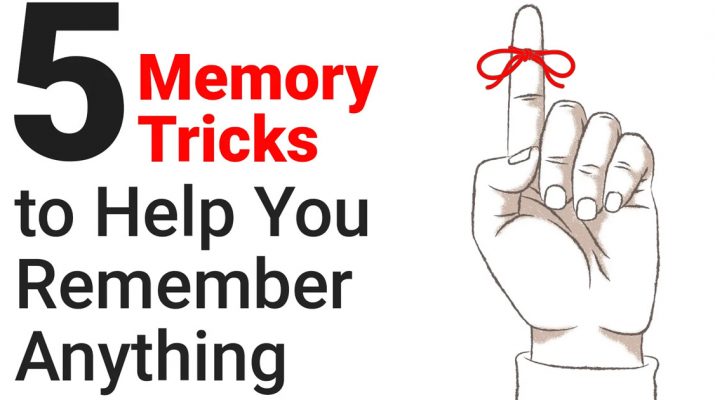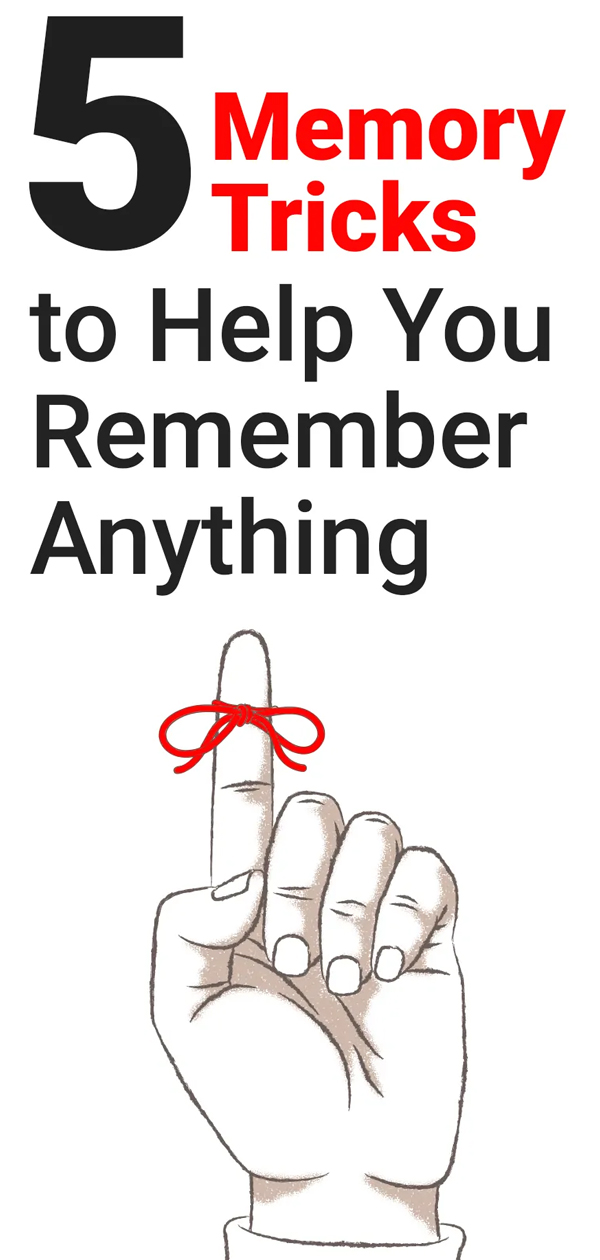The Multi-Store memory model (MSMM) is a structural model composing of three completely separate memory stores where information passes across in a linear way. The three stores are:
– The Sensory memory store
– The Short-term memory store
– The Long-term memory store.
– Saj Devshi
The Multi-Store memory model, or MSMM, provides a unique view on memory. It basically says, “You can remember anything with adequate rehearsal.” If you are interested in how MSMM breaks down, here’s a quick explanation:
- The Sensory memory is the first store. It receives constant information from a multitude of external stimuli through the five senses (hearing, sight, taste, smell, touch).
- The Short-term memory (STM) is the second store. Through rehearsal, it will get processed into the last store.
- The Long-term memory (LTM) is the third and last store, which encodes memories. This store contains unlimited capacity.
When we remember an event or information, the STM retrieves the data held by the LTM and brings it to our attention.
Here Are Five Memory Tricks That “Hack” This Model:
1. Chunking
Most of us only hold about four to seven things in our STM at any given time. “Chunking” – or grouping several items into a larger whole – allows you to remember much more.
Chunking is all about making something memorable by making it more meaningful. For example, say that you need to remember to purchase the following list of items: eggs, red peppers, milk, apples, tomatoes, toothpaste, sesame oil, and super glue.
Look closely at the first letter of each item. Can you construct a word from the eight letters ‘E-R-M-A-T-T-S-S’? You can: M-A-T-T-R-E-S-S. Congratulations. You now know how to chunk information. And you’re more likely to remember all eight items when you need to buy them later on.
2. Acroustics
Acroustics is a handy mnemonic where you form a complete sentence or series of words in which the first letter of each word stands for something to remember.
Let’s say that you wanted to remember the planets of the solar system in order. You could use repetition and drill the names Mercury, Venus, Earth, Mars, Jupiter, Saturn, Uranus, and Neptune into your memory or you could come up with some whacky story like: “My very educated mother just served us nachos.”
Acroustics is very effective for another reason: the brain tends to remember things that are strange. Picturing your Mom in graduation getup serving you a plate of nachos certainly qualifies!
3. Method Of Loci
This third method, popularized by the ancient Greeks and Romans, is terrific for visual learners as it stokes the imagination and engages spatial memory. The method of loci works best for those who have a vivid imagination and creative streak. That said, here are four steps:
- Learn a set of significant locations organized in a well-known journey (Example: a running trail).
- Create a mental image of each piece of information that you need to remember.
- In order to encode the concepts, visualize each item at the significant location of the well-known journey from Step 1.
- To retrieve the information, mentally retrace (visualize) the route. As you imagine each of the locations, they act as cues to remember the required items in sequence.
4. Mind Mapping
You will find mind mapping useful not only for remembering things, but also as an effective tool that helps drive home key points. Mind maps work similar to the mind in that they branch out in different directions.
Normally, you will put the topic in the middle of the map and draw branches coming out of it. To illustrate, let’s use mind mapping as an example!
- Write the phrase “Mind Mapping” in the center of a page.
- Draw the five key elements of mind mapping as the main branches; for instance: benefits, creativity, collaboration, planning, productivity.
- From each main branch, extend one or more sub-pieces of information. For example, from the main branch “creativity,” you may write three other associated topics, such as “ideas,” “innovation,” and “thoughts.”
Creating a visual map causes a different set of synapses in your brain to fire, which enable you to remember more effectively.
5. Repetition
The adage “Repetition is the mother of all learning” conveys a truth. As the MSMM shows, repetition effectually transfers information from the short-term memory (which has a limited capacity) to long-term memory (which is unlimited in both capacity and duration.)
Combining repetition techniques – as opposed to reading and writing something over and over again – helps you form multiple neural pathways to the formed memory. In short, your brain has more than one road to travel when you need to retrieve the information.
Explaining something you are learning, for example, stores the information into what is called the semantic memory, while the act of speaking out loud stores the information in your auditory memory. In one practice, you can develop multiple methods of storing and retrieving information! The same concept applies when listening to someone and jotting down notes.
Closing Thoughts
We will never perfectly remember everything, but these techniques will surely improve our ability to recall those things we mindfully store away. The saying, “Better to have it and not need it than need it and not have it” proves true with memory as well.


